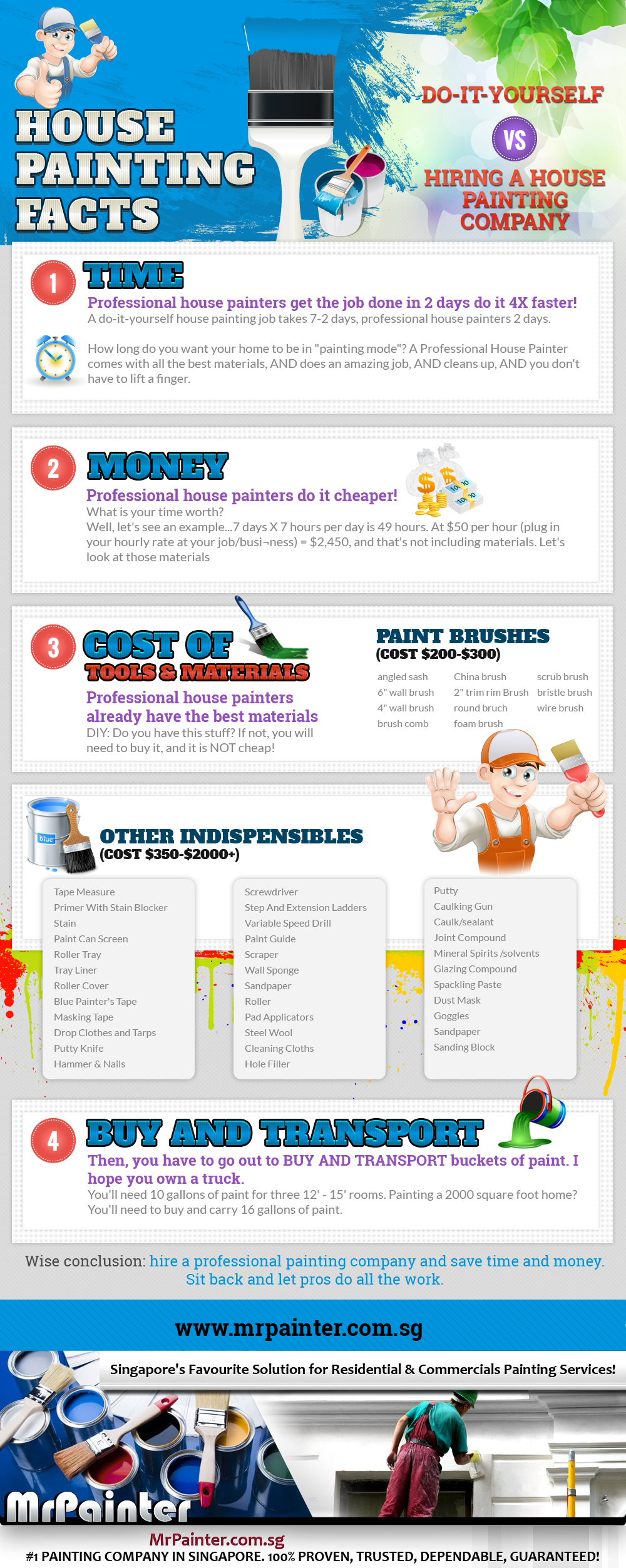Essential Seasonal Aspects Of Commercial Exterior Paint: What You Should Understand
Essential Seasonal Aspects Of Commercial Exterior Paint: What You Should Understand
Blog Article
Write-Up Author-McLamb Celik
When you're intending a business external painting project, seasonal aspects can make or break your results. You'll intend to think about just how temperature level and moisture influence paint application and drying out times. Choosing the best period can guarantee your paint sticks properly and lasts longer. However which seasons are genuinely the best for this sort of work? Let's discover the key elements that can affect your task's success.
The Influence of Temperature on Paint Application
When you're intending a business exterior paint project, the temperature can considerably impact how well the paint adheres and dries.
Ideally, you want to repaint when temperature levels range between 50 ° F and 85 ° F. If it's as well chilly, the paint may not cure appropriately, leading to issues like peeling or splitting.
On the flip side, if it's as well warm, the paint can dry too swiftly, protecting against correct bond and leading to an uneven finish.
You ought to also take into consideration the moment of day; early morning or late afternoon provides cooler temperature levels, which can be a lot more positive.
Constantly check residential painting hobart for the particular paint you're using, as they frequently give advice on the ideal temperature level array for optimal results.
Moisture and Its Impact on Drying Times
Temperature isn't the only environmental variable that influences your commercial outside painting project; humidity plays a significant role as well. High moisture levels can reduce drying out times considerably, impacting the overall top quality of your paint task.
When the air is saturated with wetness, the paint takes longer to treat, which can bring about problems like poor bond and a greater risk of mildew growth. If you're repainting on a particularly damp day, be prepared for extended wait times between coats.
It's important to monitor local weather and plan appropriately. Ideally, go for moisture levels between 40% and 70% for ideal drying out.
Maintaining these consider mind ensures your task stays on track and supplies a lasting coating.
Best Seasons for Commercial Exterior Painting Projects
What's the most effective season for your industrial outside paint projects?
Springtime and very early autumn are normally your best options. During these periods, temperatures are moderate, and moisture levels are commonly reduced, developing suitable conditions for paint application and drying.
Stay clear of summer's intense heat, which can cause paint to completely dry as well quickly, resulting in inadequate adhesion and coating. Similarly, winter's cold temperatures can impede correct drying out and treating, running the risk of the durability of your paint work.
Go for days with temperatures in between 50 ° F and 85 ° F for optimal results. Remember to check https://www.digitaljournal.com/pr/news/paint-it-perfect-offers-top-quality-house-painting-services-in-auckland-with-eco-friendly-credentials for rain, as wet conditions can spoil your job.
Preparation around these aspects ensures your paint job runs efficiently and lasts much longer.
Conclusion
Finally, preparing your industrial exterior painting jobs around seasonal considerations can make a substantial difference in the end result. By organizing work throughout the perfect temperatures and humidity levels, you'll make certain better bond and drying out times. Remember to watch on regional weather forecasts and select the correct time of year-- springtime and very early autumn are your best choices. Taking these actions will assist you attain a long lasting and professional coating that lasts.
